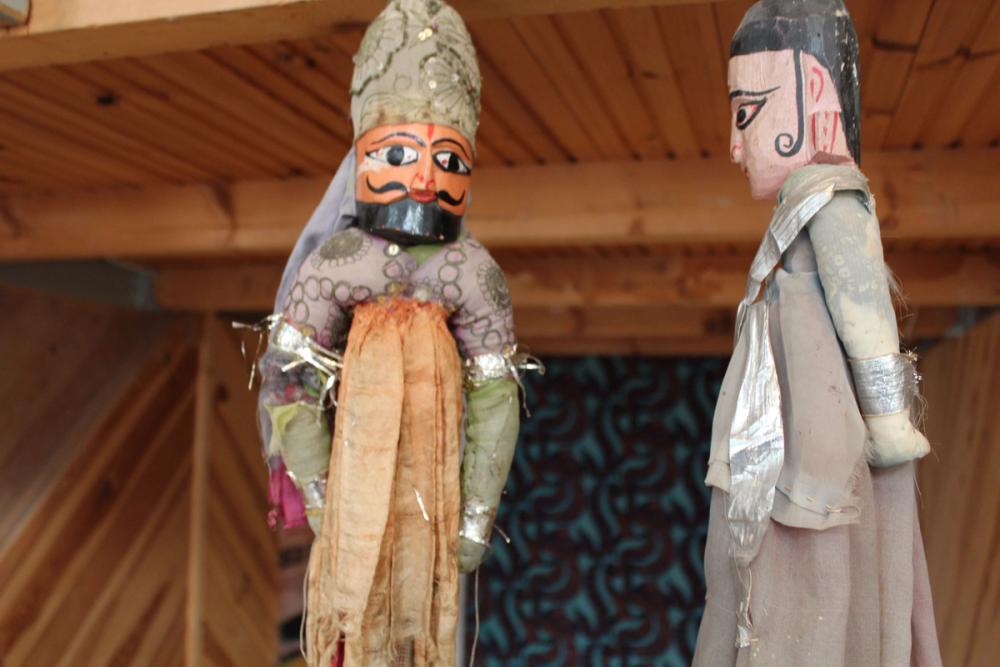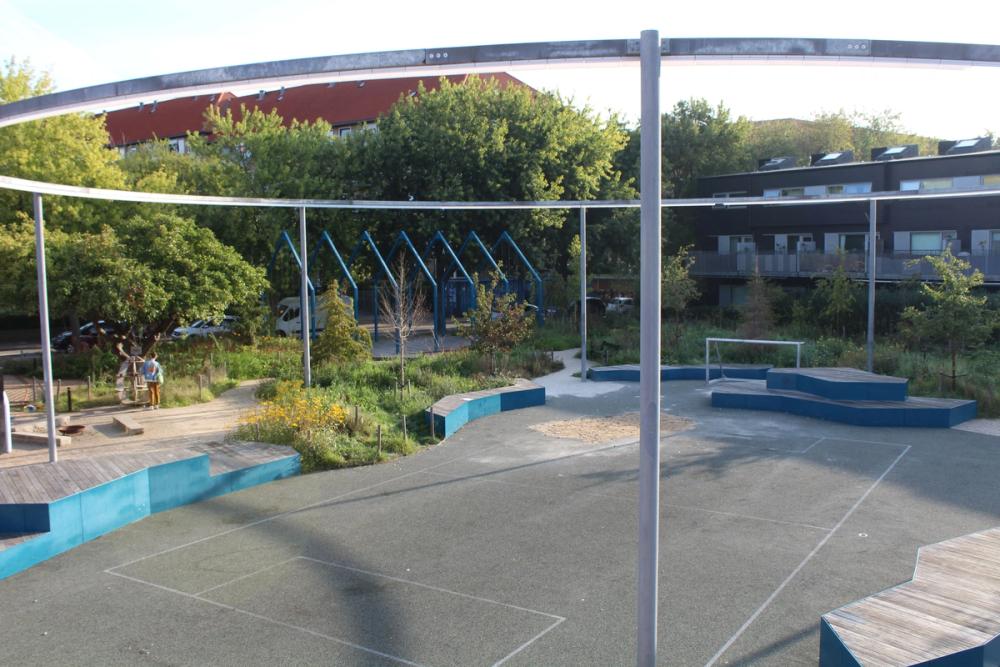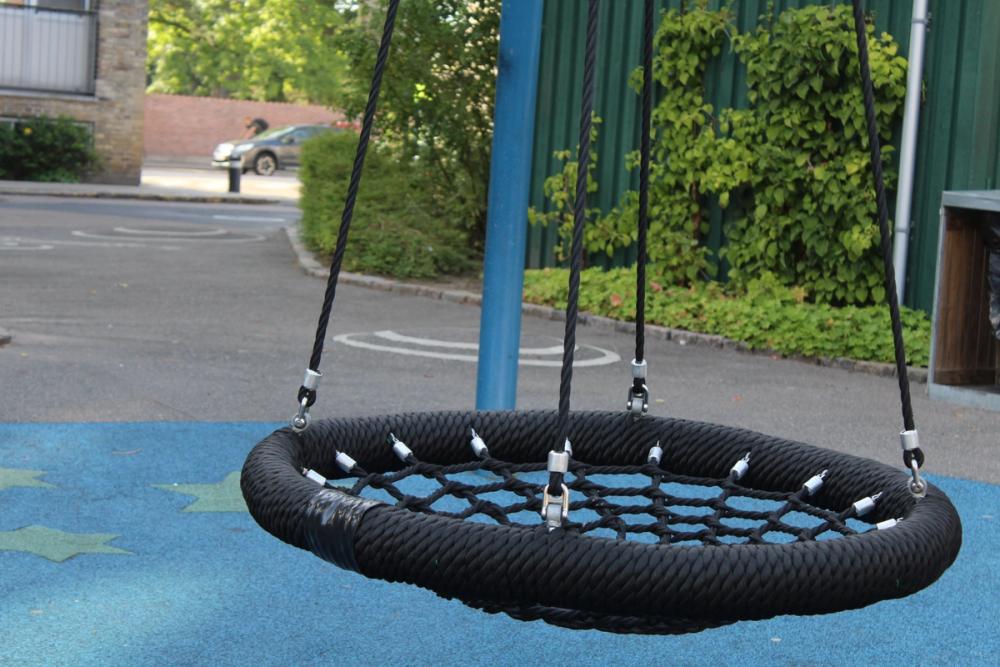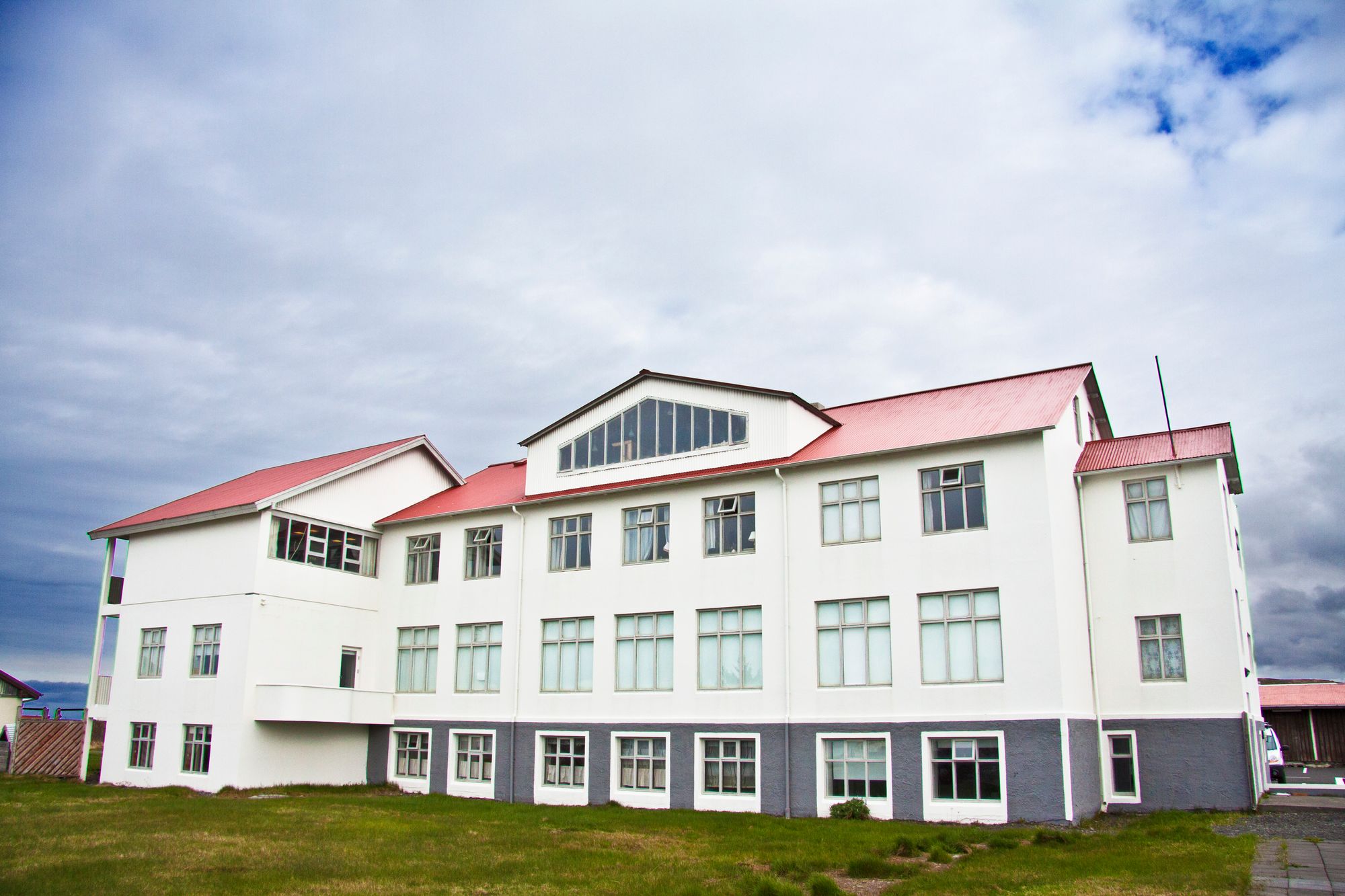Not too long ago, the area around Rentemestervej had little appeal to most people as it was a largely dense industrial area, where smoke and noise would be prevalent on the streets. Right next to this industrial hub, the land was rather cheap and still close to the city which had expanded right up next to it. Here, the city saw an opportunity to build a lot of cheap and modern housing for the average working class people. In the 1940s, the first apartments were built starting an era of urban residency in the area. These new and contemporary apartments were built with design principles of space and green areas. As a great influx of families entered the area, there seemed to be little to do for the youngsters as they did no have many options for amusement. Likely due to a lack of alternatives, children used to roam around the neighborhood, some making disturbances but most just trying to pass time. Although they were not homeless, they would be out and about from dawn to dusk.
Since then, the area has undergone a noticeable transformation. In the heart of this old industrial area, many options have come for young people of all ages to socialize and come together. Where factories once stood, now exists children theaters, playgrounds, creative workshops and much more.
This underlines the transformation of the area as it also becomes a place for young people. If you take a wander in the area, you will find parents with their young children, playing and coming together in the library, visiting the local theater or going to the park.
what the archive is about
The Living Archive explores the potential of (post)industrial heritage to transform production in our cities. We collect stories with participatory heritage methods. The nodes for the local collection efforts are Fab City Hubs (FCH). The collection has been carefully assembled by FCH teams who have been learning about, co-creating and applying participatory heritage-making approaches, emotion networking methodology, oral history principles and creative perspective-taking. Select tags and categories to filter stories in the archive below. Explore their connections in the network graph.






